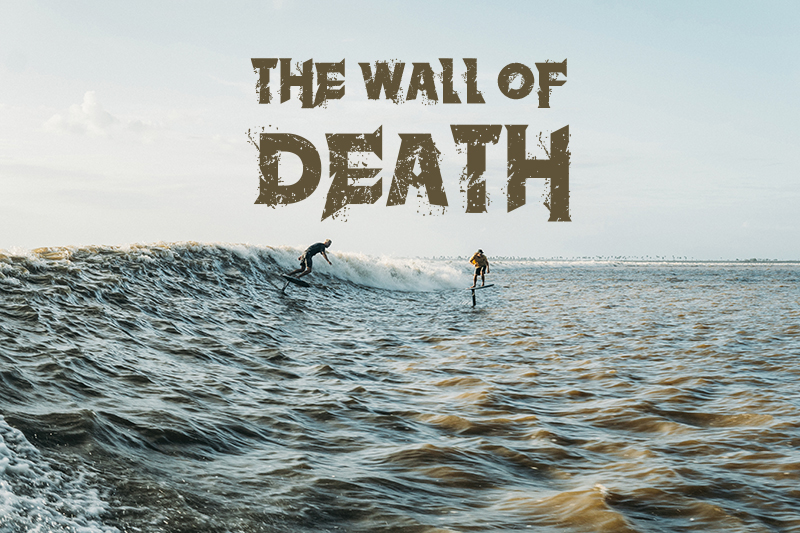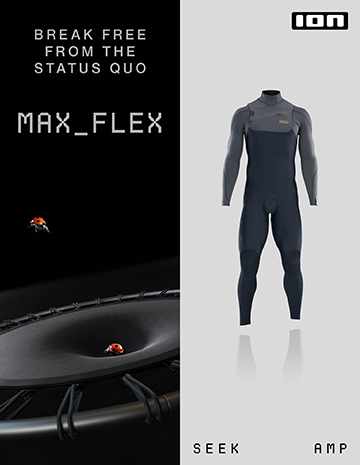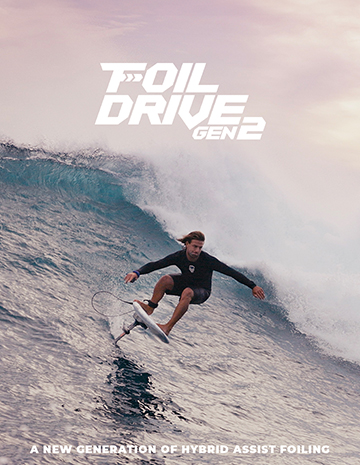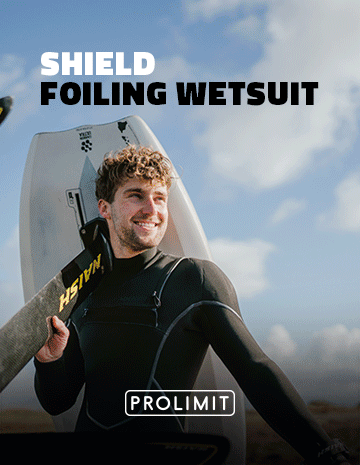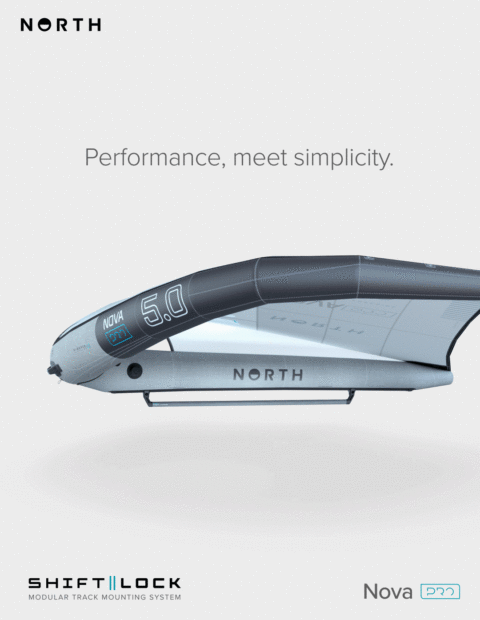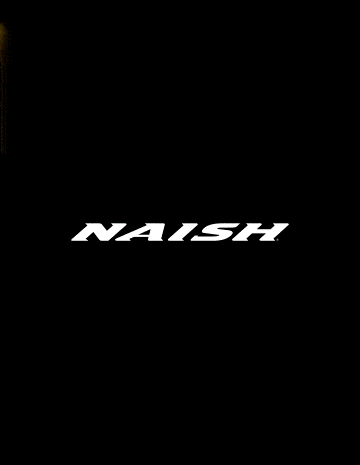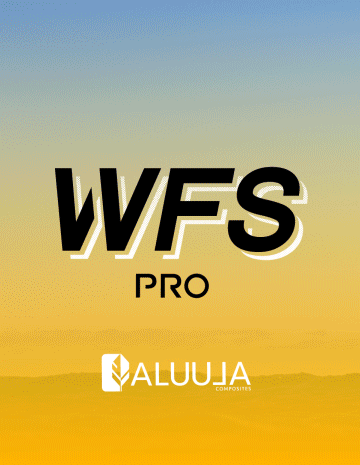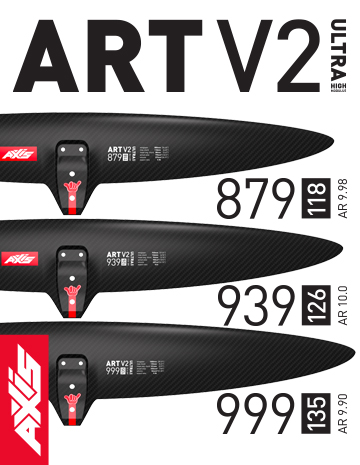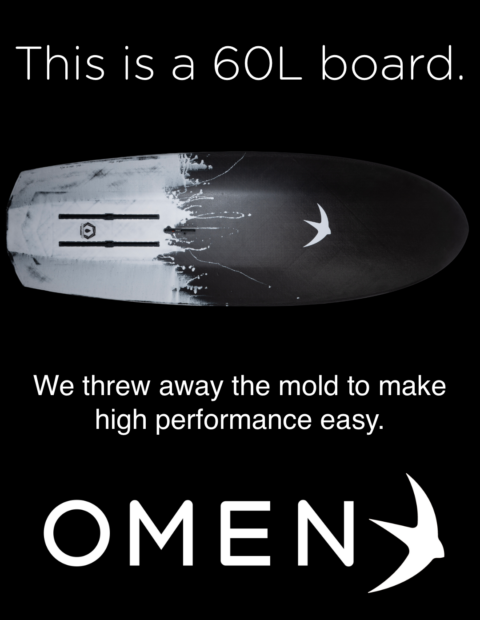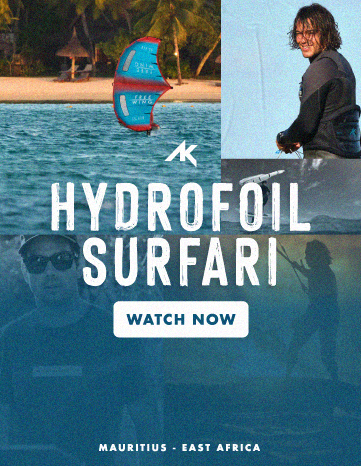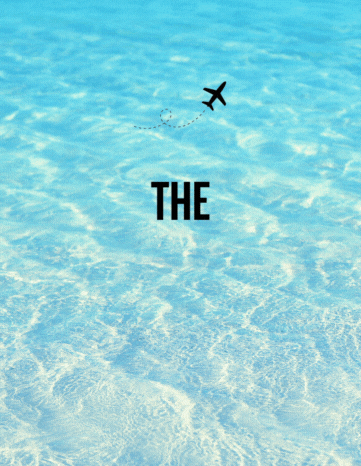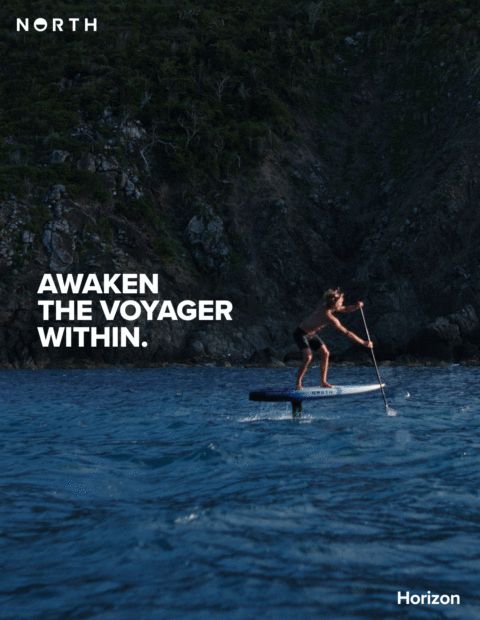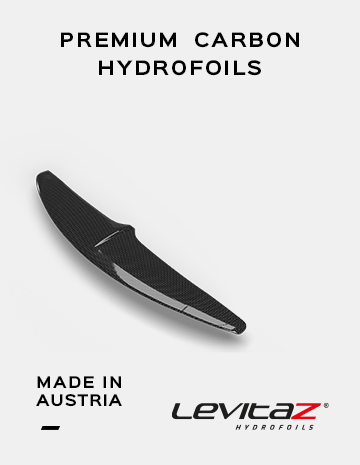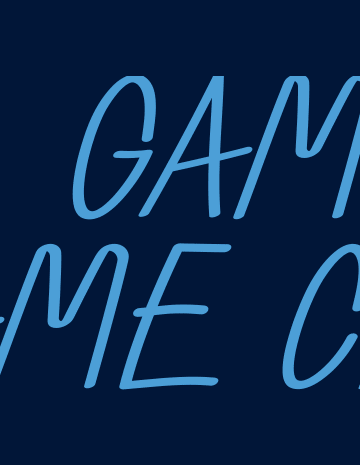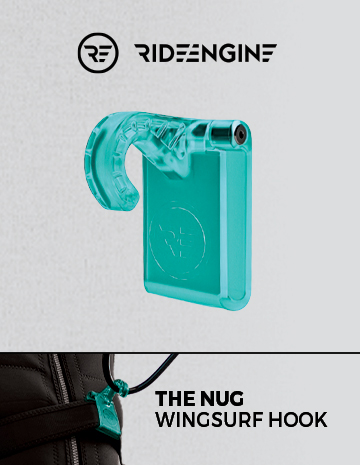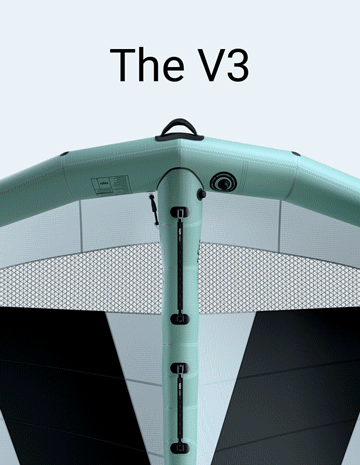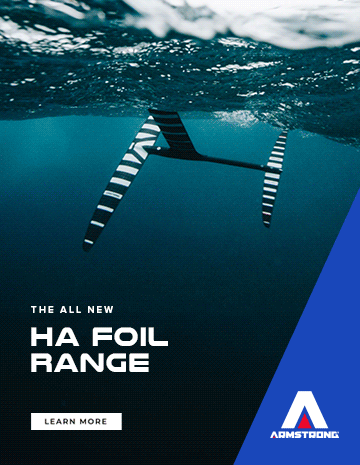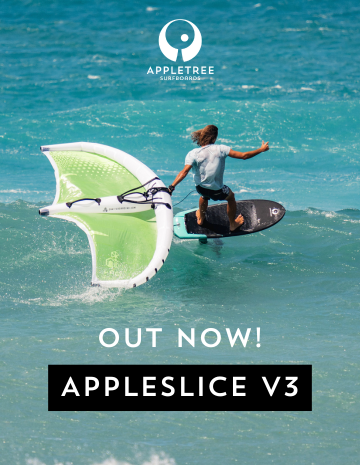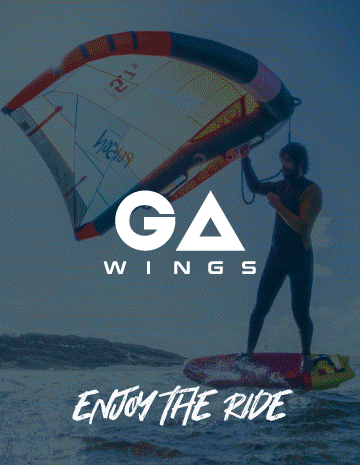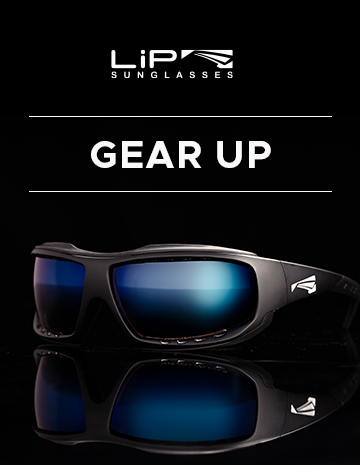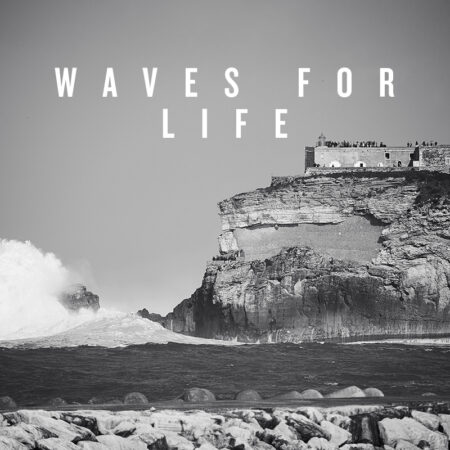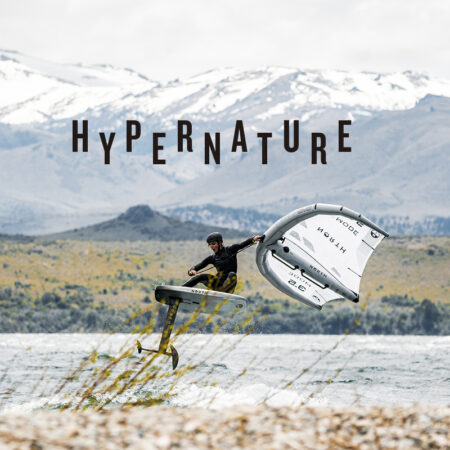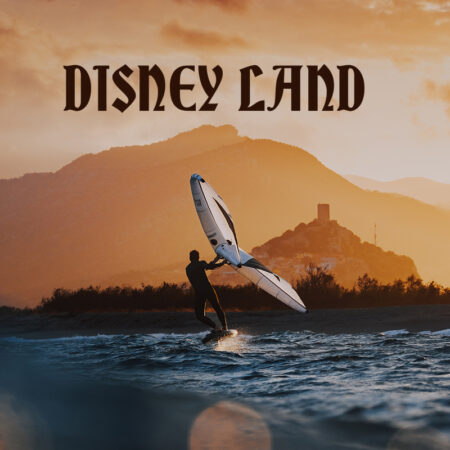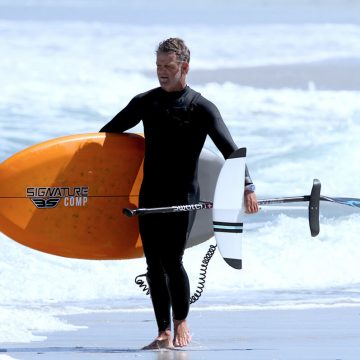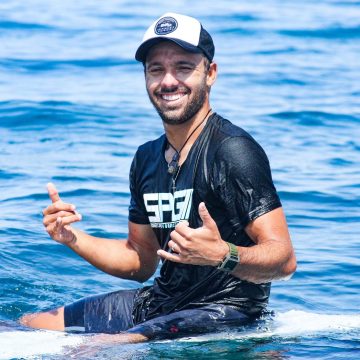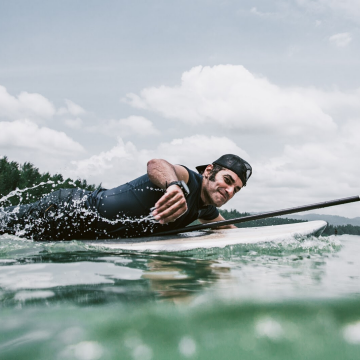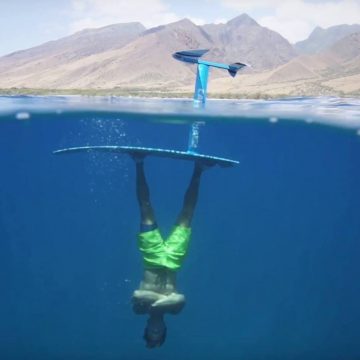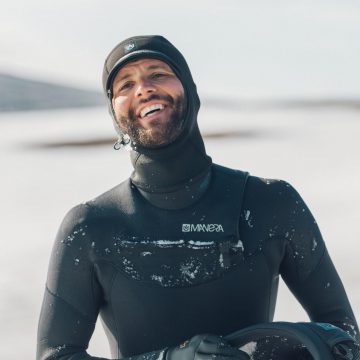THE WALL OF DEATH
It all started with an email for Matt Elsasser, and – two years later – escalated dramatically into a trip into the Amazon with Brian Grubb and guided by tidal bore aficionado, Serginho Laus, as the trio set about a mission to ride the longest wave in the world…
Words: Matt Elsasser
Photos: Myles Cameron
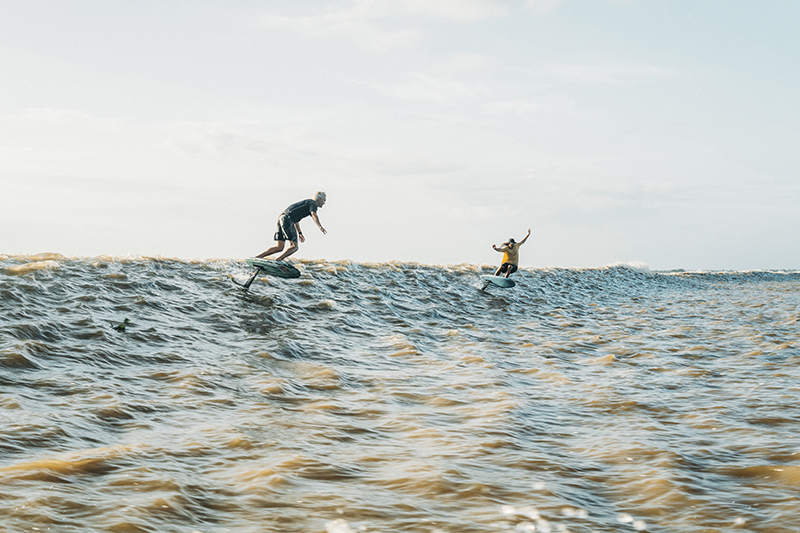
As a young-ish surfer, it's not uncommon to feel we’ve missed the days of legendary surf exploration. We hear tales of scoring iconic breaks like Uluwatu and Honolua Bay with only your closest friends, but those times are now gone. The golden era of surf exploration by the pioneers of the ‘60s, '70s, '80s left few stones unturned. Seemingly every perfect barreling wave has been chartered and is now a surfing destination with a crowd to go with it. Fortunately, for those who have embraced the sport of foiling, unique and relatively undiscovered waves await exploration in the form of tidal bores. While traditional surfers may dismiss them as mushy waves, for foilers, their length and tsunami-like power make them a true hidden treasure amidst the world's surf spots.
Tidal bore waves are a phenomenon that occur in coastal areas where incoming tides generate a powerful wave that travels upstream against the river or estuary's current. The unique interaction between tidal forces and the river's shape and topography results in a rapidly surging wave front, which varies in size and strength depending on the moon's tides.
For many of us, tidal bore waves have an almost mythical allure. Tales of their danger and mystique have been passed down through articles and snippets of videos and photos. I recall my father telling “Dad Tales” of his surf adventures, including an article from Surfer's Journal that spoke of the brave explorers who first surfed the tidal bores in the Amazon. From stories of fish swimming up your penis, to encounters with alligators and overturned boats, the dangers seemed unimaginable to my young mind. While the tales were mesmerizing, riding these bores wasn’t something I had on my bucket list.
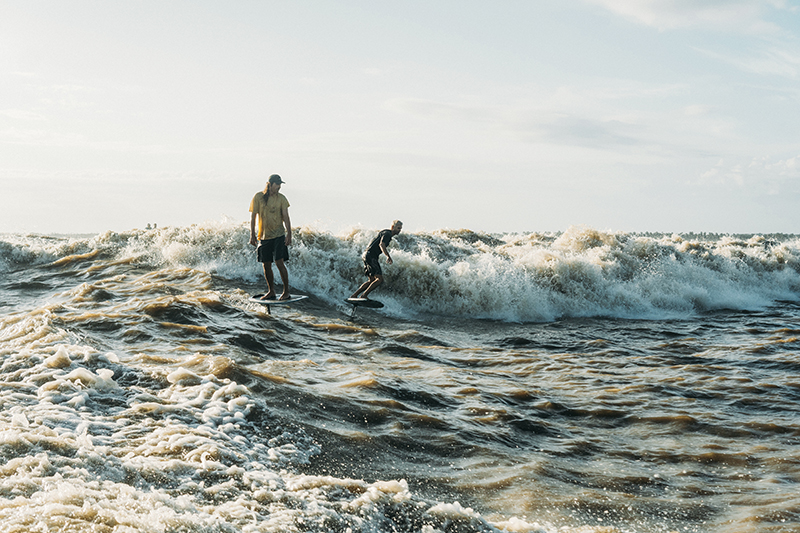
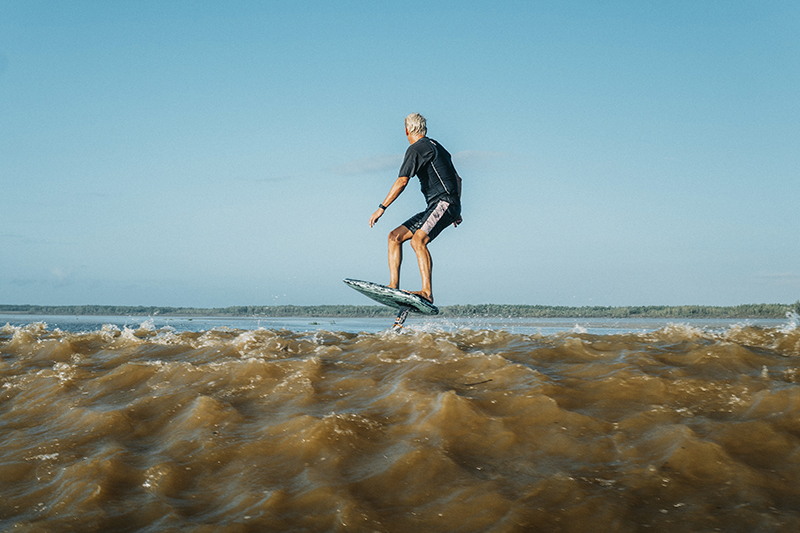
That all changed when I received an email from a person with the intriguing email signature, “Serginho Laus – Professional Tidal Bore Surfer.” My curiosity was piqued. Could there really be a professional tidal bore surfer? A quick YouTube search for “Serginho Laus” left me jaw dropped. There were videos from the Amazon, Indonesia, Malaysia, India, and beyond – Serginho had experienced them all. The king of tidal bores, so to say. I couldn't resist; I replied to Serginho's email, offering to provide him with the Lift gear he needed, and asking the question that had been brewing in my mind: can you take me foiling on one of these tidal bores? The answer was an emphatic yes, and excitement for more foilers to join him in the exploration of tidal bores.
Two years later, the stars aligned, and the time was right. Serginho was in Brazil during the prime season for the “Pororoca” in the Amazon. He was armed with a team of drivers and a fleet of jet skis, ready to embark on the chase of one of the world's longest waves. Having surfed the Pororoca for over 20 years, Serginho was the ultimate guide for the adventure.
Pororoca, derived from the indigenous Tupi language, translates loosely to “great destruction and roar”. It refers to a specific type of tidal bore wave that occurs in the Amazon River and its tributaries, most notably the Rio Araguari and Rio Mearim in Brazil. For foilers, the Pororoca presents nature's version of Kelly Slater's wave pool – a machine-like wave unlike any other. Unlike Kelly's pool though, Pororoca is not confined to being a left or right, mushburger or hollow, fast or slow wave; instead, it's an ever-changing, 200-kilometer journey of various breaks as it moves along different bends and sandbars in the river.
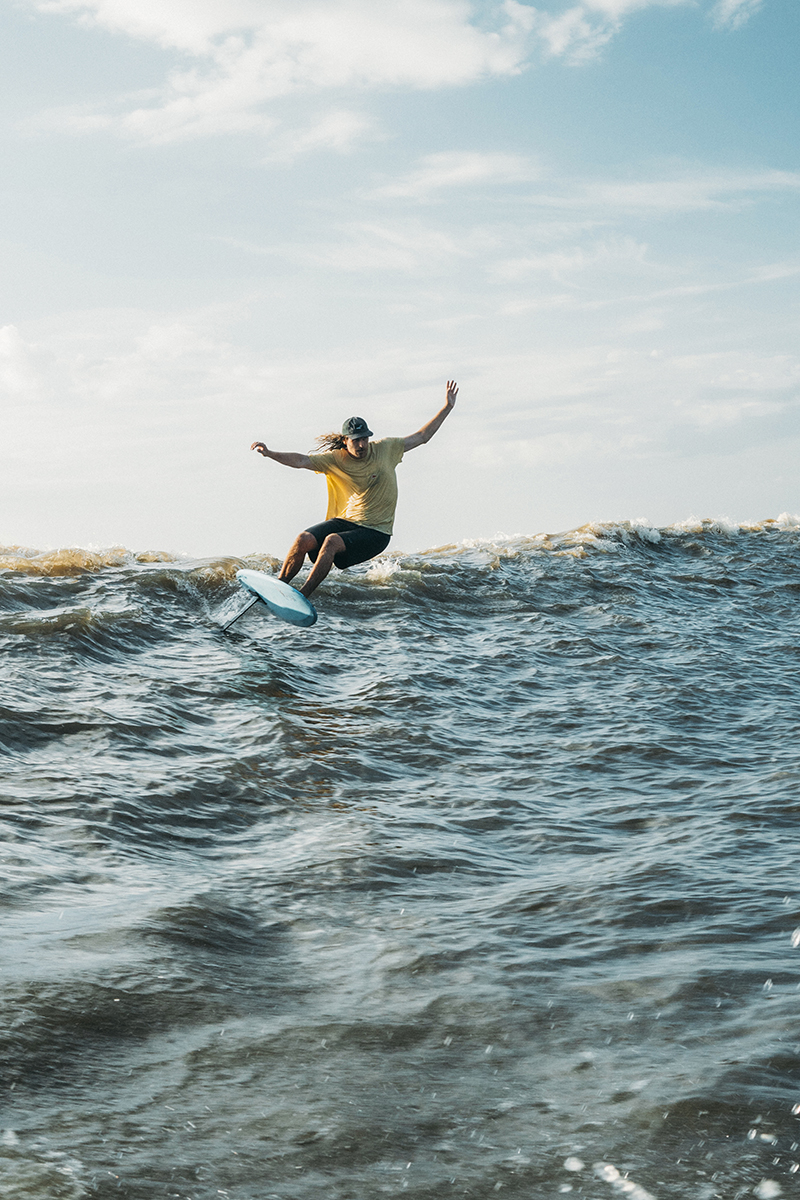
“At shoulder/head high in size, the wave packs more punch than an ocean wave of similar size, the power portrayed by the noise of snapping trees on the shoreline.”
One of the most inviting aspects of chasing the Pororoca is the ability to forecast it months in advance based on the moon's cycles. The moon plays a pivotal role in shaping the formation and intensity of tidal bore waves. Its gravitational force generates tides as it orbits the Earth, causing the ocean levels to rise and fall. During specific phases of the moon, such as the new moon and full moon, when the Earth, moon and sun align, the gravitational forces are at their strongest, leading to higher and more powerful tides. This celestial dance allows foilers to plan their adventures and maximize their chances of scoring the perfect Pororoca ride.
Brian Grubb, myself, and photographer Myles Cameron arrived in northern Brazil during the first week of May. None of us knew exactly what we were getting into, but trusted the enthusiasm and expertise of Serginho would lead us to the “goods”. As we drove through the jungle, we peppered Serginho with question after question. Trying to find a glimpse into what riding this wave would be like, how it worked, and how we would capture it. The reality is it’s hard to explain something that so few people have seen or experienced. It’s like describing Sasquatch. You’d think describing a wave to lifelong surfers wouldn’t be so challenging, but Pororoca is a unique beast.
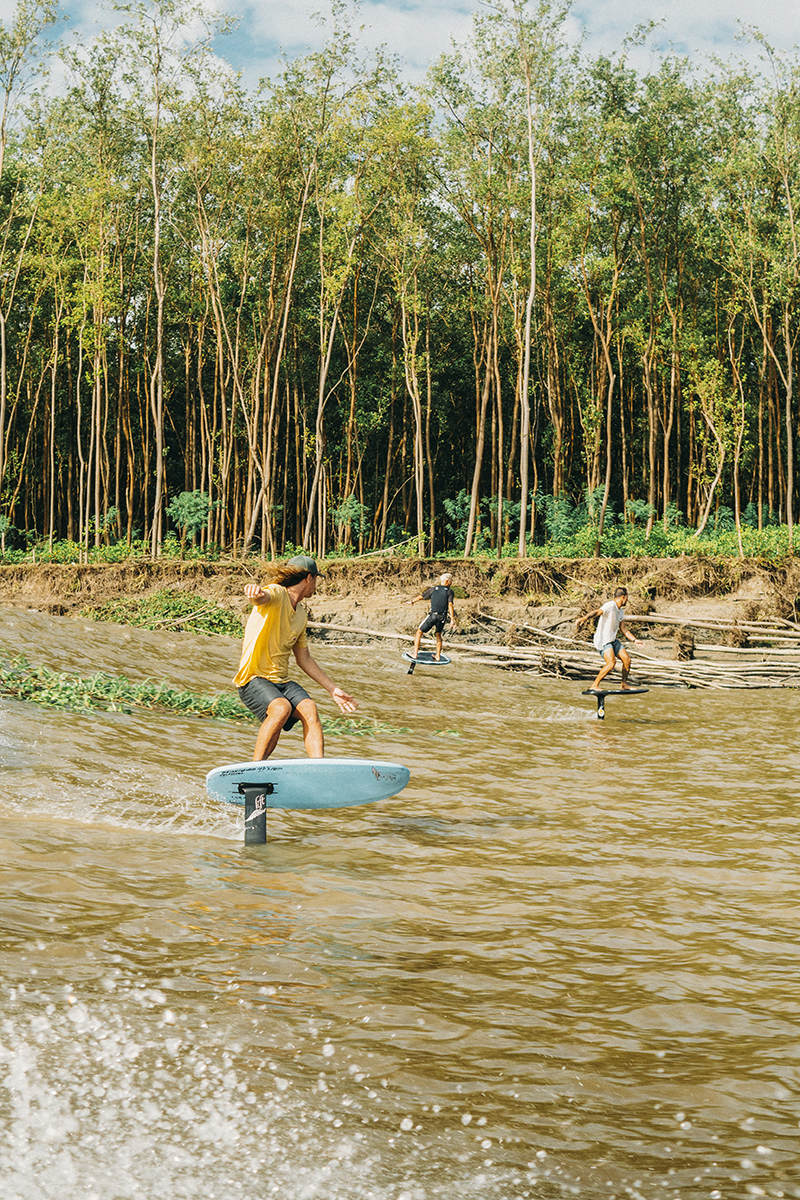
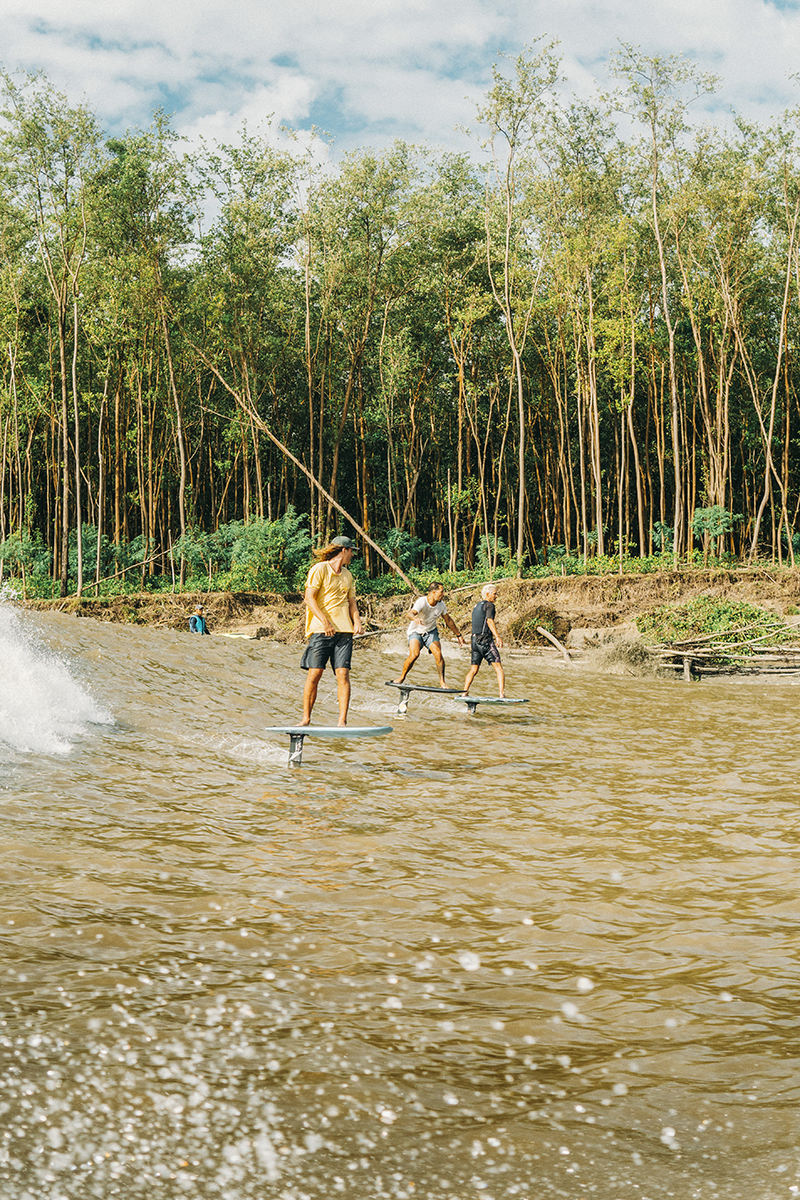
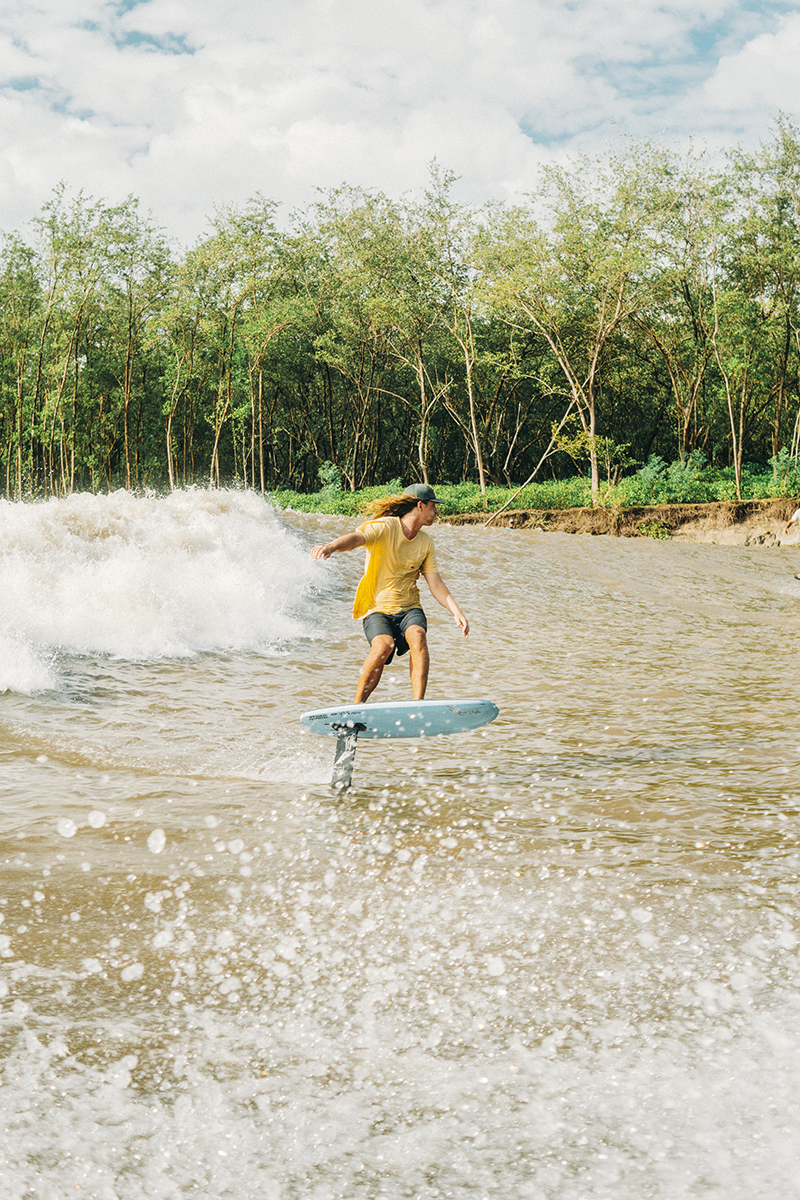
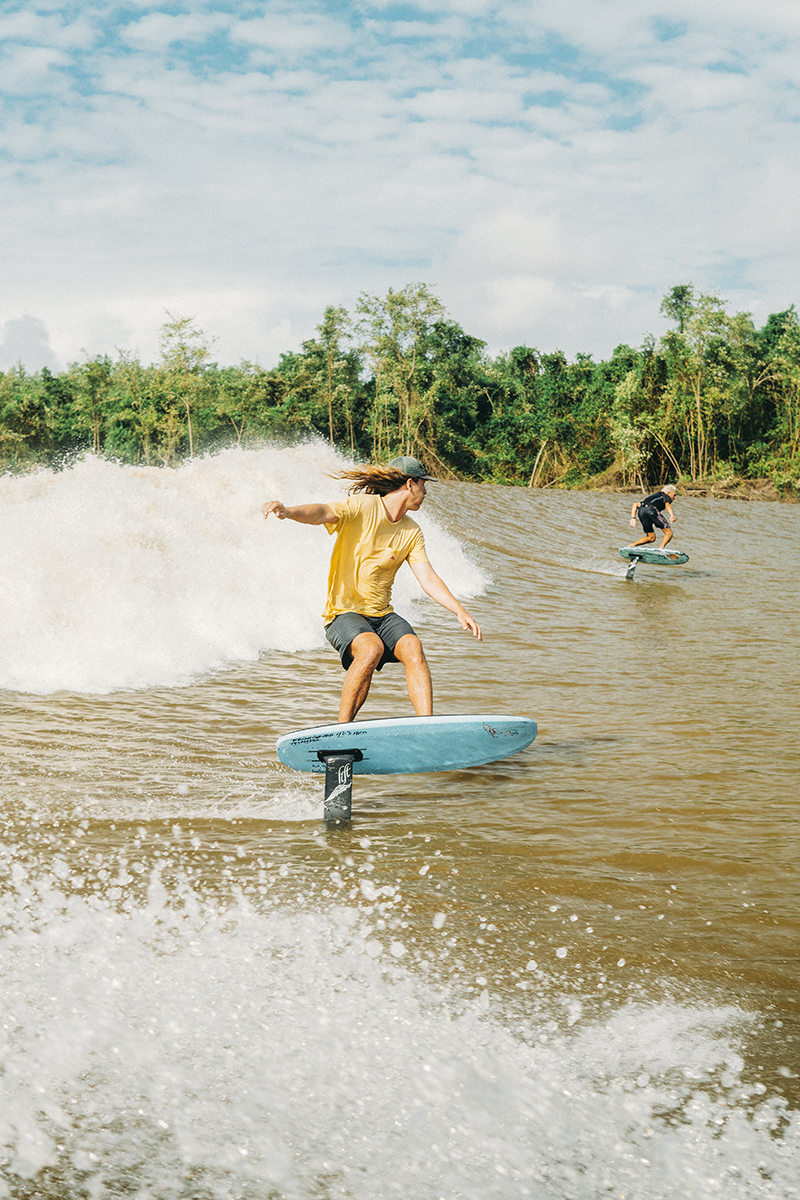
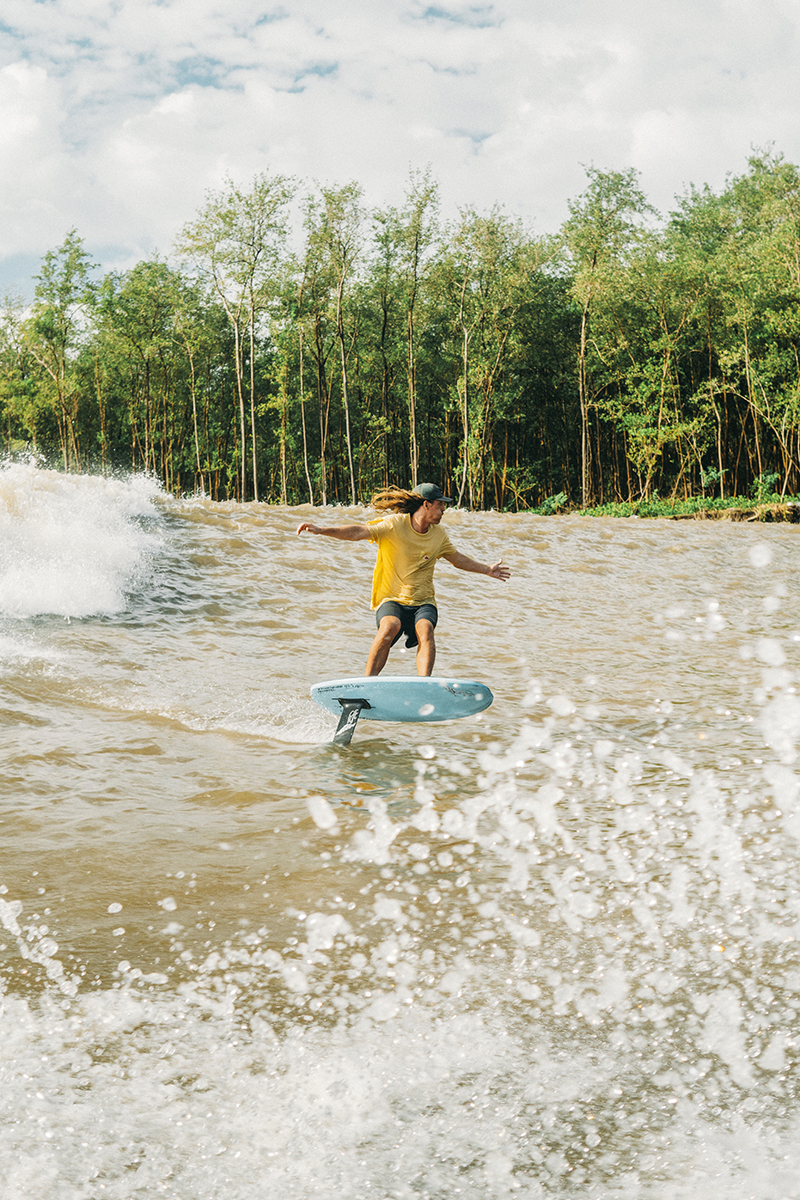
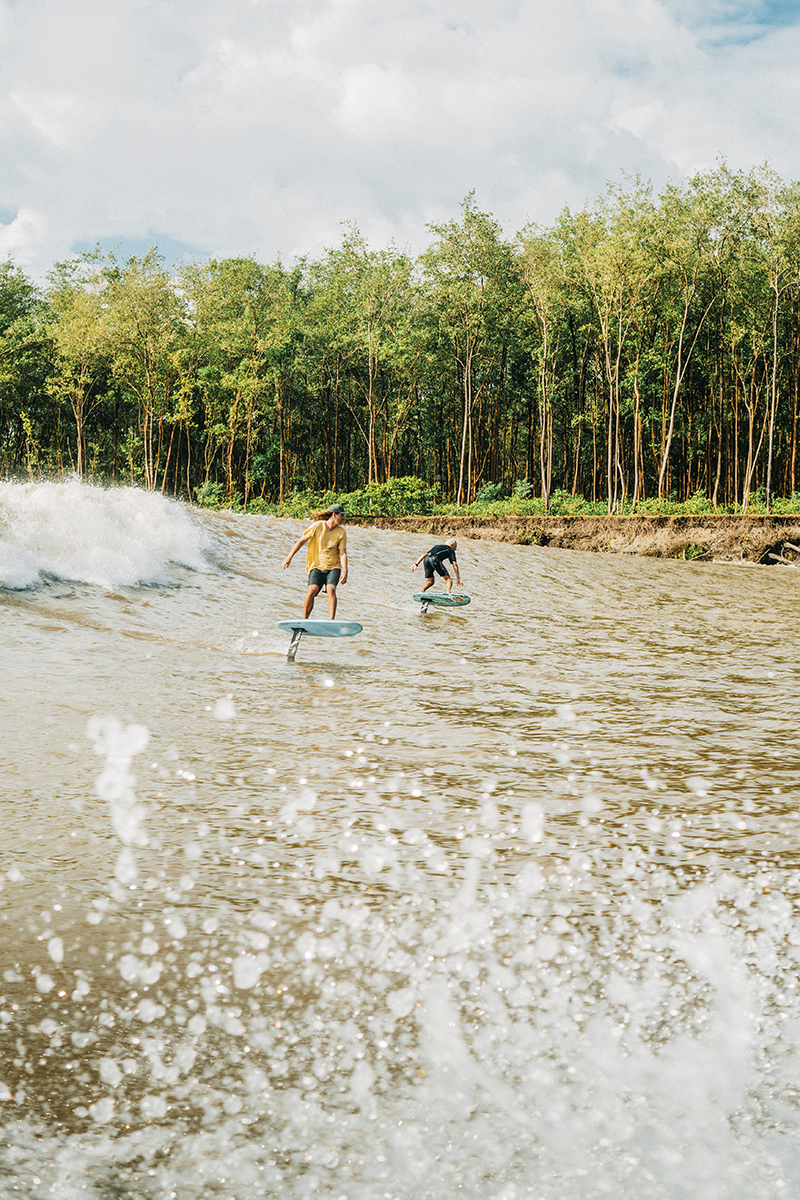
The first of four days surfing the Pororoca had finally arrived after three days of travel. A 3:30am wake up and a quick 30-minute drive and we arrived at the two skis we had left on the bank of the river the night before. The tide had dropped 30ft down the bank, and the skis were now high and dry on the side of the river. After wrestling with the skis, we were able to slide them down the riverbank and we set off under the moonlight up the river. Despite the wildlife in the Amazon, I believe the 60mph jetski ride up the river in the dark through inches of water is the most dangerous part of riding the wave.
As the sun began to rise, we killed the skis and listened. In the distance we could hear and then begin to see the roaring Pororoca grinding down the river. We hopped in the water and got towed into the first wave. At this point in the river, the wave was rolling three miles wide, Brian and I criss-crossed each other laughing in excitement, there were no words for the moment. The wave was pretty good, but what lay around the corner was about to blow our minds…
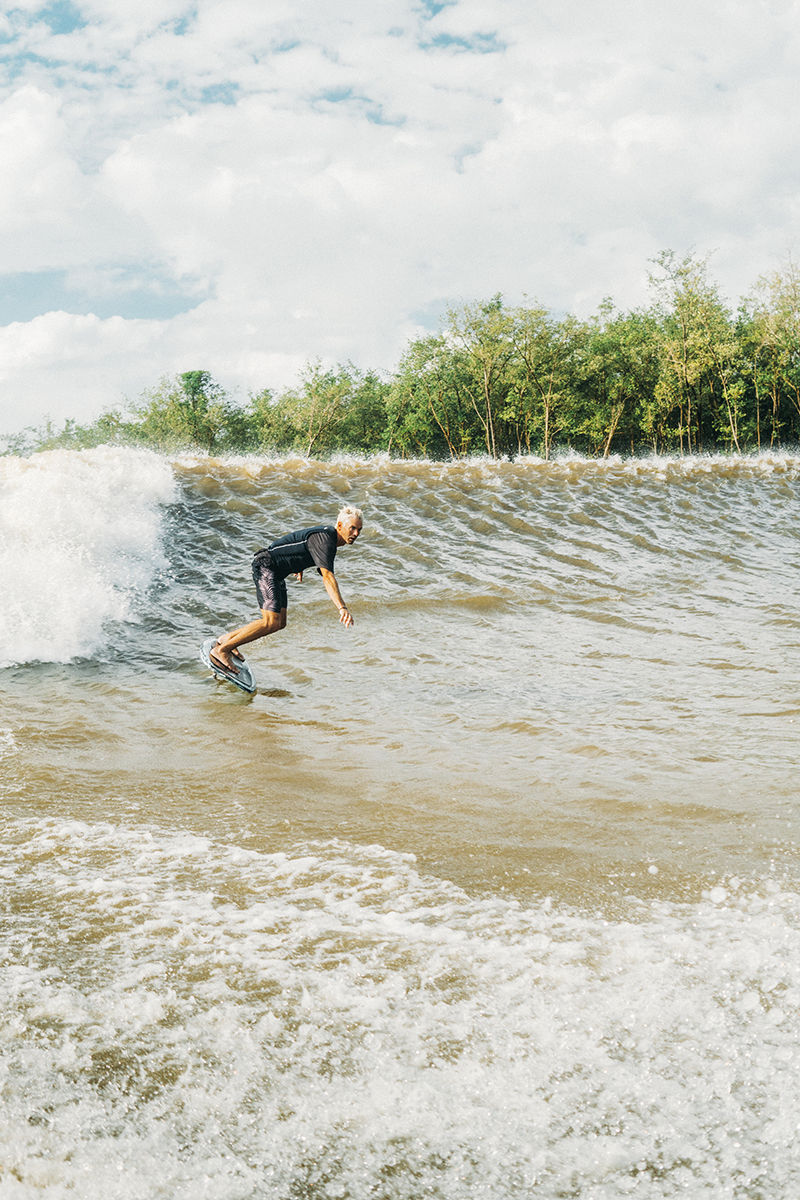
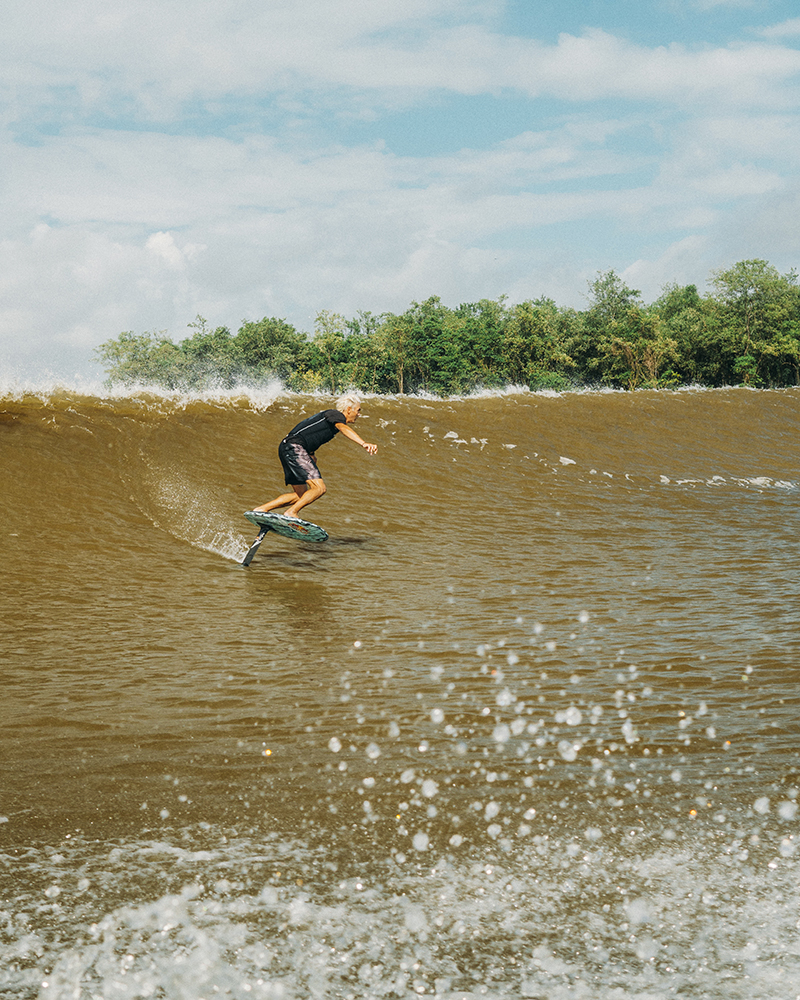
As the river banked right, it began to get much narrower and enter a small channel about 100 yards wide. To the right was a sandbar stretching across the delta for a couple of miles, to the left was dense jungle. As the bore charged down this section of the river it stood up and became a mechanically reeling left hander, dubbed by locals as the “wall of death”. This section of the wave is the finest foiling wave I have experienced. At shoulder/head high in size, the wave packs more punch than an ocean wave of similar size, the power portrayed by the noise of snapping trees on the shoreline. The magic of weaving through a river in the jungle on a perfect wave blends a dreamlike state and reality. The Pororoca is real, but it’s beyond any wave you drew up in your notebook as a kid.
The Pororoca is a wave like nothing I’ve ever experienced before. It was also just another “Aha” moment in my foiling journey. You know, where you think “I can’t believe how much fun this is on a foil?!”. It’s happened to me first in small surf, on a wing, behind boats, downwinding, and now on a river in the Amazon. I’m excited to find that next spot that sends the foiling stoke through the roof, they seem to lie around every corner. Call me when you find the next one.


